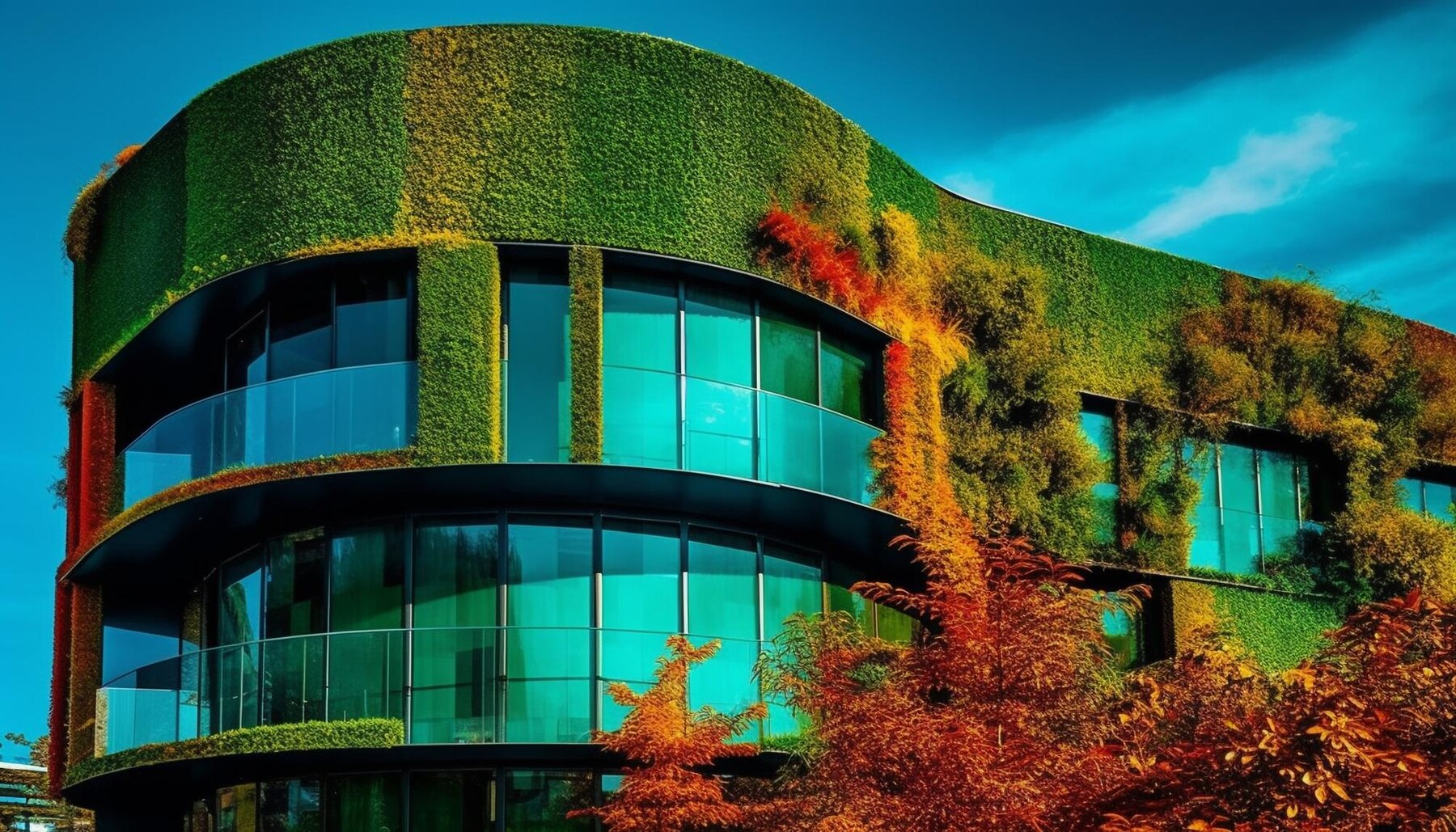In a world where climate concerns and energy efficiency are no longer optional but essential, the rise of örviri is turning heads in the architecture and engineering sectors. More than just a buzzword, örviri represents a new wave of thinking that brings together ancient building practices and cutting-edge green technology. It’s not just about saving the planet — it’s about redefining how we design, build, and live in our spaces.
Whether you’re an eco-conscious homeowner, a design enthusiast, or someone simply curious about the future of construction, örviri offers a fresh and inspiring perspective on how we can live smarter, cleaner, and more connected to our environment. Let’s explore what makes örviri such a game-changer in today’s world.
What is Örviri?
At its core, örviri is a sustainable building philosophy. It blends traditional ecological knowledge with contemporary sustainable practices to create environmentally friendly structures. This concept encourages the use of natural materials, passive energy systems, and design techniques rooted in harmony with the surrounding landscape.
The term itself evokes ideas of balance, resilience, and innovation — all essential to building a greener future.
Where Tradition Meets Innovation
Örviri doesn’t ignore the past — it celebrates it. Builders and architects practicing örviri often draw inspiration from indigenous construction methods and cultural heritage. Whether it’s ancient insulation techniques or earth-based materials like adobe or rammed earth, örviri values wisdom passed down through generations.
However, it doesn’t stop there. This traditional knowledge is enhanced using advanced technologies like solar energy, green roofing, and smart water recycling systems. This combination creates designs that are not only eco-efficient but also deeply rooted in place and purpose.
Why Örviri Matters Today
With climate change becoming a pressing global issue, the need for low-impact construction is more urgent than ever. Traditional construction methods rely heavily on concrete, steel, and energy-hungry systems — all of which contribute to carbon emissions.
Örviri, by contrast, reduces a building’s environmental footprint from the ground up. By choosing local materials, incorporating renewable energy, and designing for natural airflow and light, örviri-based buildings are better for both the planet and the people who inhabit them.
The Core Principles of Örviri
Örviri follows a set of guiding ideas that make it distinct and impactful:
Bioclimatic Design: Structures are designed to adapt to local weather conditions, using natural ventilation, insulation, and solar alignment.
Eco-Materials: Prioritizes materials like bamboo, timber, clay, or recycled elements that are less damaging to extract and easier to reuse or biodegrade.
Energy Efficiency: Passive heating and cooling reduce the need for mechanical systems, while solar panels and battery systems often provide energy independence.
Water Management: Rainwater harvesting, greywater recycling, and low-flow plumbing are commonly integrated.
Minimal Impact: Emphasizes preserving the surrounding ecosystem and minimizing disruption during construction.
Applications of Örviri in Modern Architecture
From residential homes to public infrastructure, örviri can be applied across many building types. Here’s how it’s showing up around the world:
Green Homes: Compact homes that use earth-sheltering and green roofs to regulate temperature naturally.
Community Centers: Spaces built using sustainable wood and powered entirely by solar energy.
Schools and Learning Hubs: Classrooms that maximize daylight and fresh air to create healthier learning environments.
Eco-Tourism Cabins: Off-grid lodges that blend with the landscape and educate visitors on sustainable living.
Technology’s Role in Örviri
Technology amplifies örviri’s impact. Here are some of the modern tools commonly used in örviri projects:
Solar and Wind Energy Systems: Renewable sources that lower long-term energy costs.
Smart Home Integration: Systems that monitor and adjust heating, cooling, and lighting for optimal energy usage.
3D Printing with Natural Materials: A futuristic approach that can drastically reduce construction waste.
Energy Modeling Software: Helps architects simulate how different materials and layouts affect energy efficiency.
These tools allow örviri buildings to be more than eco-friendly — they’re intelligent, responsive, and tailored to their environment.
How Örviri Impacts Communities
Örviri isn’t just about buildings; it’s about people. Structures built using this method often encourage stronger community ties. Local materials mean local jobs. Designs often include shared green spaces and communal facilities, fostering a sense of togetherness.
Moreover, örviri projects typically invite community input during the design phase, ensuring the result aligns with cultural values and needs. This participatory approach not only builds better buildings but also builds stronger neighborhoods.
Challenges in Mainstream Adoption
Despite its promise, örviri faces a few hurdles:
Cost Perception: Many believe sustainable construction is more expensive upfront (though it often saves money long-term).
Lack of Skilled Workers: Traditional methods require specialized knowledge that may not be widely available.
Regulatory Barriers: Building codes in some regions don’t support alternative construction practices.
Material Accessibility: In some areas, eco-materials are harder to source or more expensive.
Addressing these challenges requires education, investment, and policy shifts — but the potential rewards are worth the effort.
The Future of Örviri
As the world continues to urbanize, örviri offers a much-needed reset. Its emphasis on harmony — with both the Earth and the community — points toward a more sustainable, inclusive model of growth.
Looking ahead, we may see örviri influencing everything from urban planning to disaster recovery strategies. It has the potential to inspire new standards in global architecture, where building sustainably isn’t the exception — it’s the norm.
Conclusion
Örviri is more than a concept — it’s a movement. One that connects ancient wisdom with futuristic technology to create a better way to build. Whether it’s a small cottage in the countryside or a public library in a busy city, örviri reminds us that sustainable living isn’t just possible — it’s already happening.
As more people and industries embrace this holistic approach, we edge closer to a future where buildings heal the earth instead of harming it. If you’re curious about eco-architecture or planning a sustainable project, örviri is a term you’ll want to remember.
FAQs About Örviri
What does örviri mean?
Örviri refers to an approach in architecture that merges traditional building techniques with modern eco-friendly technology.
Is örviri only used for residential buildings?
No, it’s also used in schools, community spaces, and eco-tourism infrastructure.
How is örviri different from green building?
Örviri emphasizes cultural and historical building practices in addition to modern sustainability.
Are örviri buildings more expensive to build?
They may have higher upfront costs but often save money in energy and maintenance over time.
Can örviri be applied in cities?
Yes, urban örviri designs focus on green rooftops, efficient layouts, and local materials.
Do örviri structures need special permits?
In some places, non-traditional designs might face building code challenges, so checking local regulations is essential.











